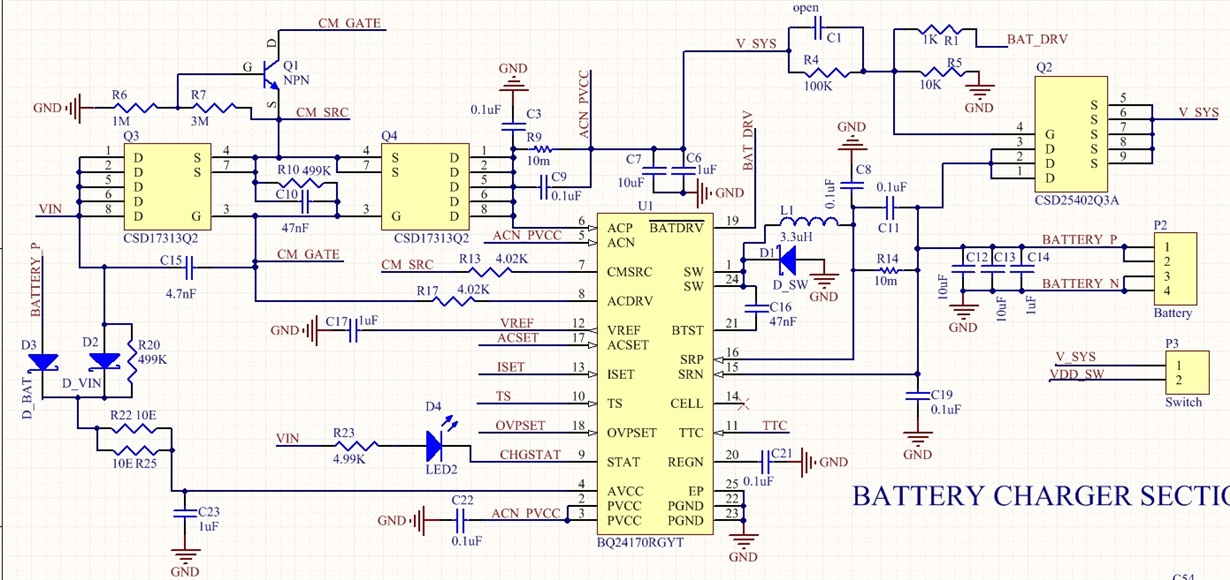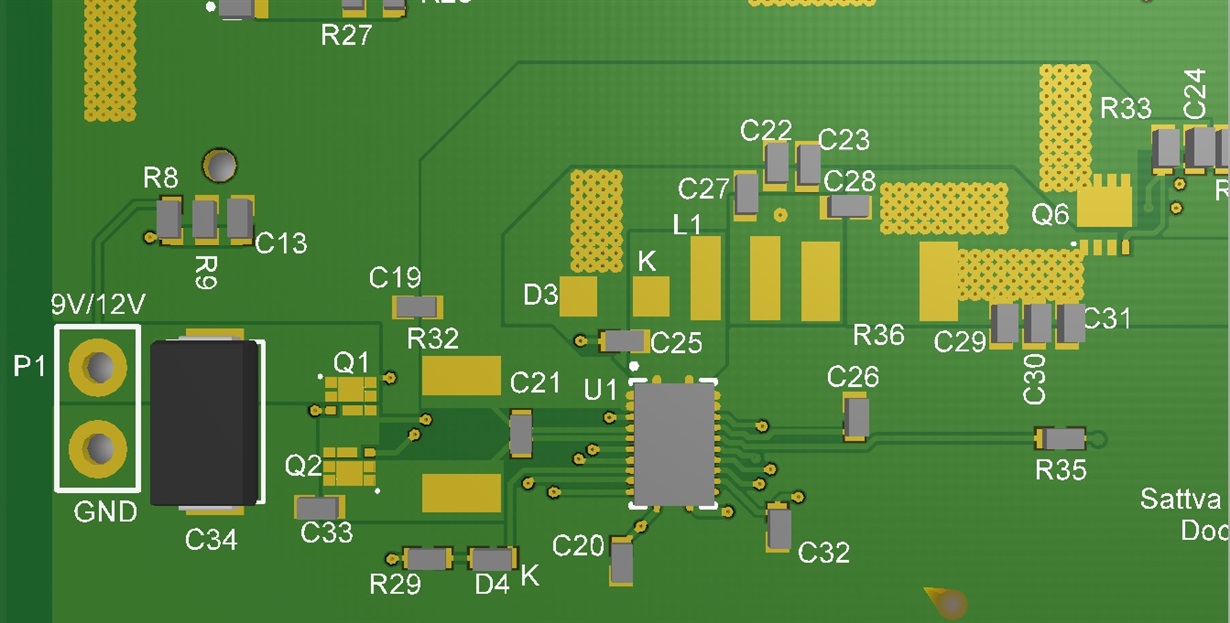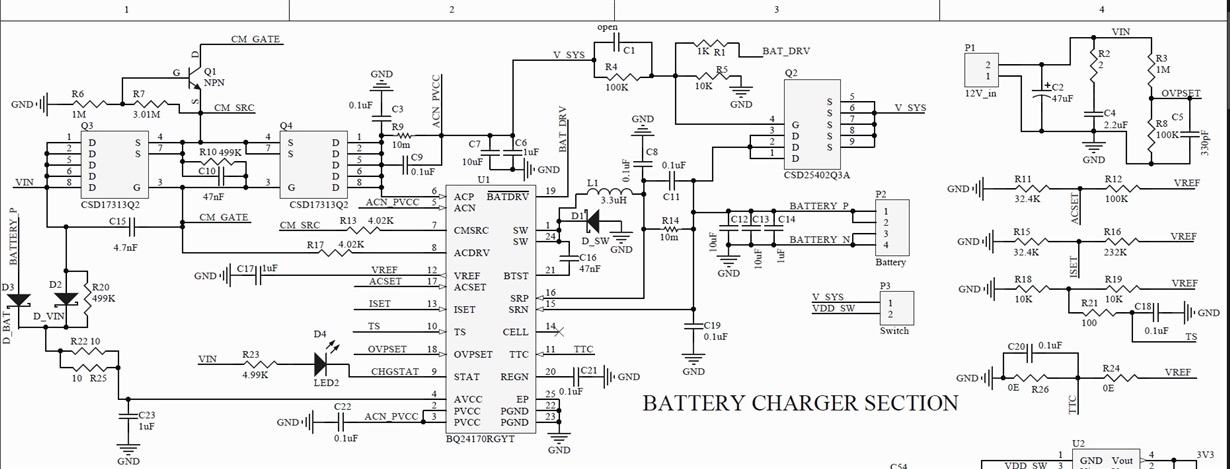I have done two designs with this IC. Both for a 2 CELL design. Both with powered with 12V DC. Both designs have identical schematics (and the design is almost the same as the Evaluation module's schematics). However the layout is fairly different. One design works perfectly. In the second design, the battery charges perfectly if I supply 9V-11 DC. However, if I supply 12V DC, the input current gradually climbs from 1.4A to to 3A (which is the max current that my DC power supply has). The current gradually increases over a period of 5 minutes approximately and the PCB heats up to 70 degrees C, while the design that works barely crosses 45 degrees C. The components (resistors, capacitors, inductors and diodes) are identical in both designs. Clearly the issue is in the layout. I not followed all 9 layout guidelines given on page 31/41 of the datasheet in the second design. I wanted to know though: What layout flaw is the most likely cause for this gradual current rise?
-
Ask a related question
What is a related question?A related question is a question created from another question. When the related question is created, it will be automatically linked to the original question.





